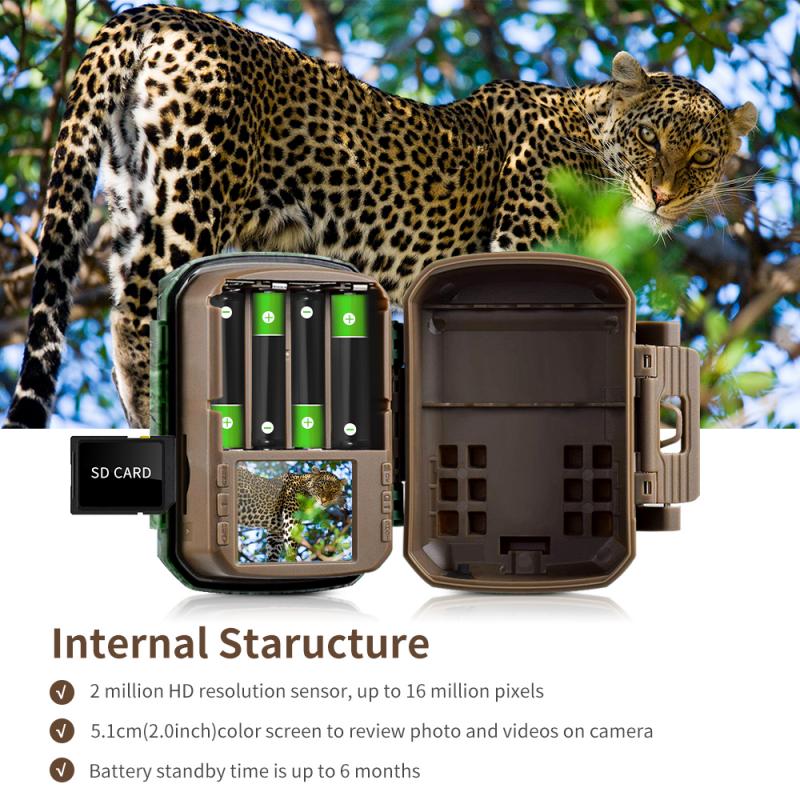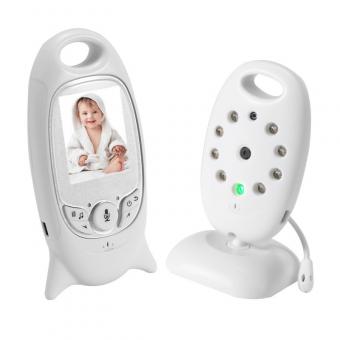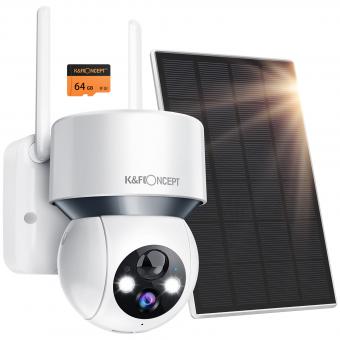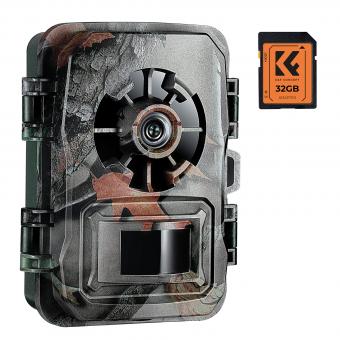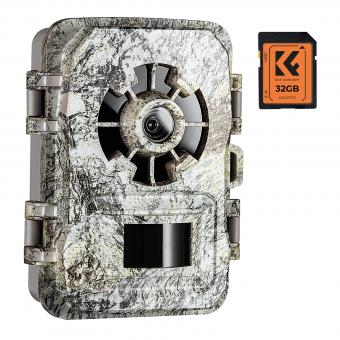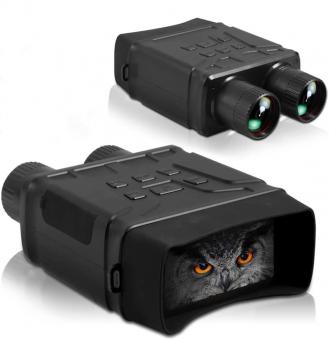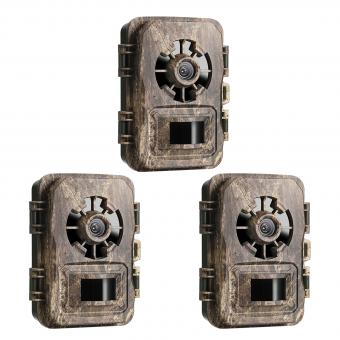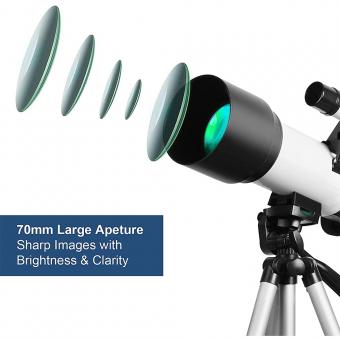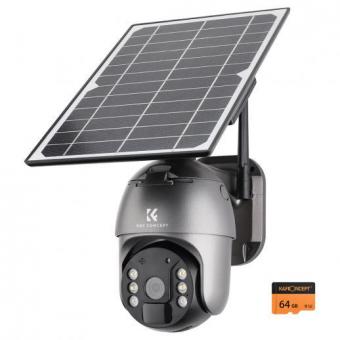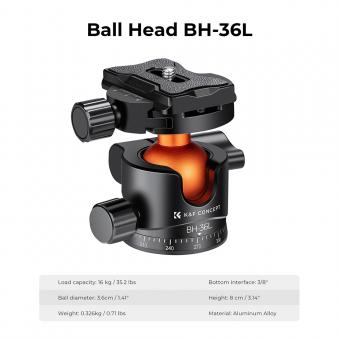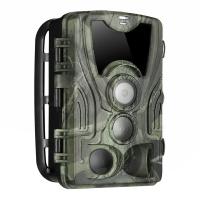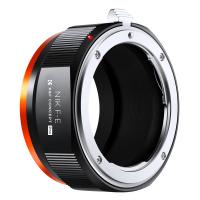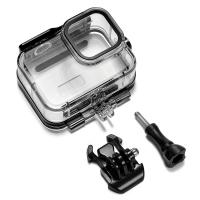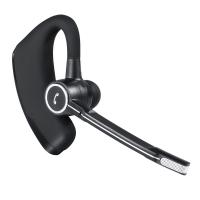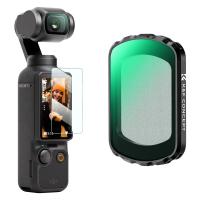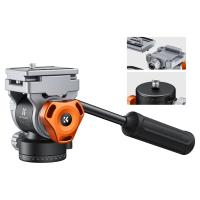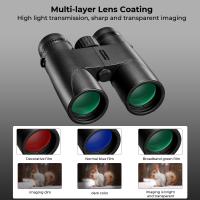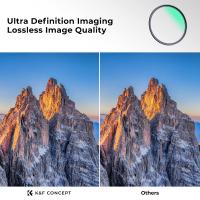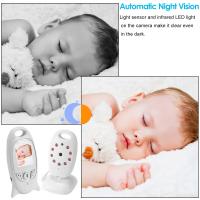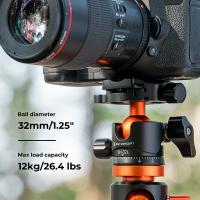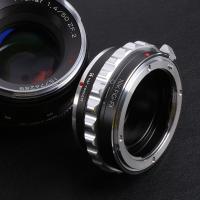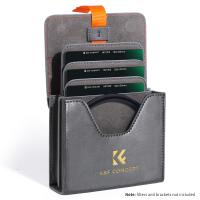How To Convert Camcorder To Night Vision ?
Converting a camcorder to night vision typically involves removing the infrared (IR) filter from the camera's lens and replacing it with a piece of IR-passing filter material. This allows the camera to capture the IR light that is present in low-light or no-light conditions, which can then be processed into a visible image using software or hardware.
However, it is important to note that modifying a camcorder in this way may void its warranty and could potentially damage the camera if not done correctly. It is also illegal in some jurisdictions to use modified cameras for certain purposes, such as surveillance.
Therefore, it is recommended to consult with a professional or experienced technician before attempting to convert a camcorder to night vision. Alternatively, there are many commercially available night vision cameras and accessories that can be purchased for a variety of applications.
1、 Infrared Illumination
To convert a camcorder to night vision, the most common method is to add infrared illumination. Infrared light is invisible to the human eye but can be detected by the camcorder's sensor, allowing it to capture images in low light conditions.
To add infrared illumination, you can purchase an external infrared light source that attaches to the camcorder's hot shoe or tripod mount. These lights emit infrared light and can illuminate a scene up to several feet away, depending on the strength of the light.
Another option is to modify the camcorder itself by removing the infrared filter that blocks infrared light from reaching the sensor. This is a more advanced modification and should only be attempted by experienced individuals.
It's important to note that adding infrared illumination does not provide true night vision capabilities. The camcorder will still have limitations in extremely low light conditions and may not be able to capture clear images in complete darkness.
In recent years, some camcorders have been developed with built-in night vision capabilities, using infrared sensors and illuminators. These camcorders are specifically designed for low light and nighttime use and may be a better option for those looking for true night vision capabilities.
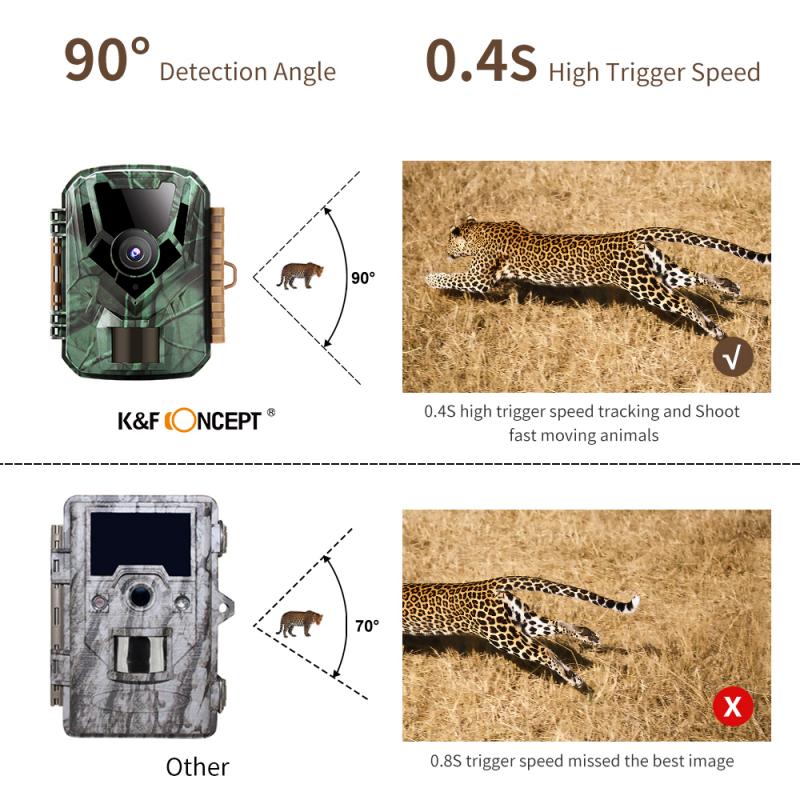
2、 Night Vision Filters
How to convert camcorder to night vision? One way to achieve this is by using night vision filters. These filters are designed to block out visible light and allow only infrared light to pass through, which is then captured by the camcorder's sensor. This results in a monochrome image with a greenish tint, which is characteristic of night vision footage.
Night vision filters can be attached to the front of the camcorder's lens using a filter adapter. Some filters are designed to be screwed onto the lens, while others use a clip-on mechanism. It is important to choose a filter that is compatible with the camcorder's lens diameter.
It is worth noting that not all camcorders are suitable for night vision conversion. Camcorders with small sensors or low light sensitivity may not be able to capture enough infrared light to produce a usable image. In addition, some camcorders have built-in infrared blocking filters that prevent them from capturing infrared light.
In recent years, there have been advancements in night vision technology, such as the use of thermal imaging and digital night vision. These technologies offer improved image quality and can be used in a wider range of lighting conditions. However, they can be more expensive than traditional night vision filters.
Overall, converting a camcorder to night vision using filters can be a cost-effective way to capture footage in low light conditions. However, it is important to choose the right filter for the camcorder and to be aware of its limitations.
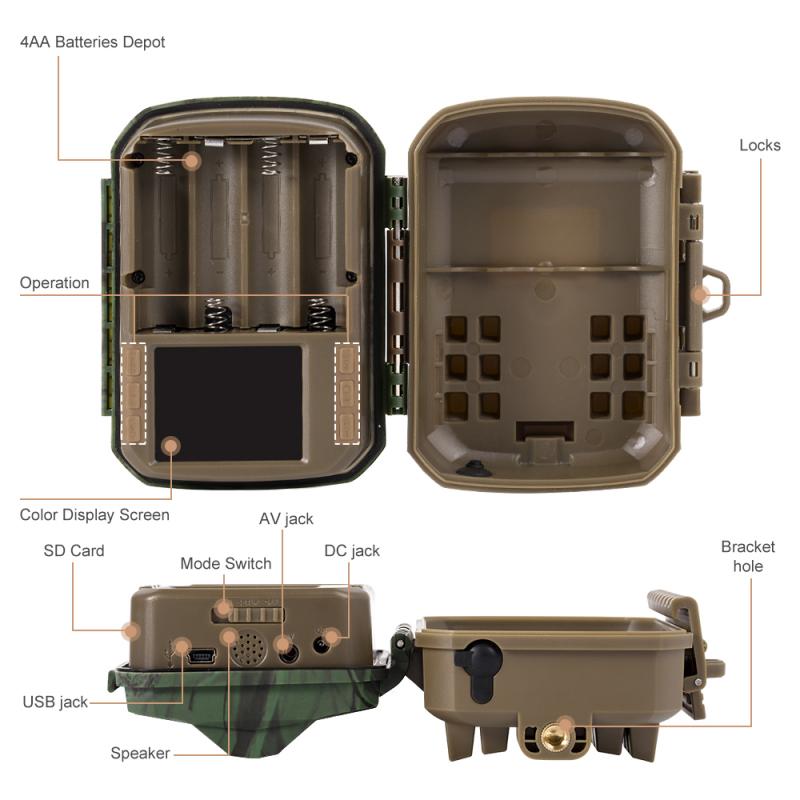
3、 Low-Light Imaging Sensors
To convert a camcorder to night vision, one option is to use low-light imaging sensors. These sensors are designed to capture images in low-light conditions, making them ideal for night vision applications. There are several types of low-light imaging sensors available, including CCD and CMOS sensors.
To convert a camcorder to night vision using low-light imaging sensors, you will need to purchase a compatible sensor and install it in your camcorder. This can be a complex process, and it is recommended that you seek the assistance of a professional technician to ensure that the installation is done correctly.
One of the latest developments in low-light imaging sensors is the use of backside-illuminated (BSI) CMOS sensors. These sensors have a higher sensitivity to light than traditional CMOS sensors, making them ideal for low-light applications. BSI CMOS sensors are also more energy-efficient, which can help to extend the battery life of your camcorder.
Another option for converting a camcorder to night vision is to use an infrared (IR) illuminator. IR illuminators emit infrared light, which is invisible to the human eye but can be detected by the camcorder's sensor. This allows the camcorder to capture images in complete darkness. However, it is important to note that using an IR illuminator can be illegal in some jurisdictions, so be sure to check local laws before using one.
In summary, converting a camcorder to night vision using low-light imaging sensors is a complex process that should be done by a professional technician. The latest developments in low-light imaging sensors, such as BSI CMOS sensors, offer improved sensitivity and energy efficiency. Alternatively, an IR illuminator can be used to capture images in complete darkness, but be sure to check local laws before using one.
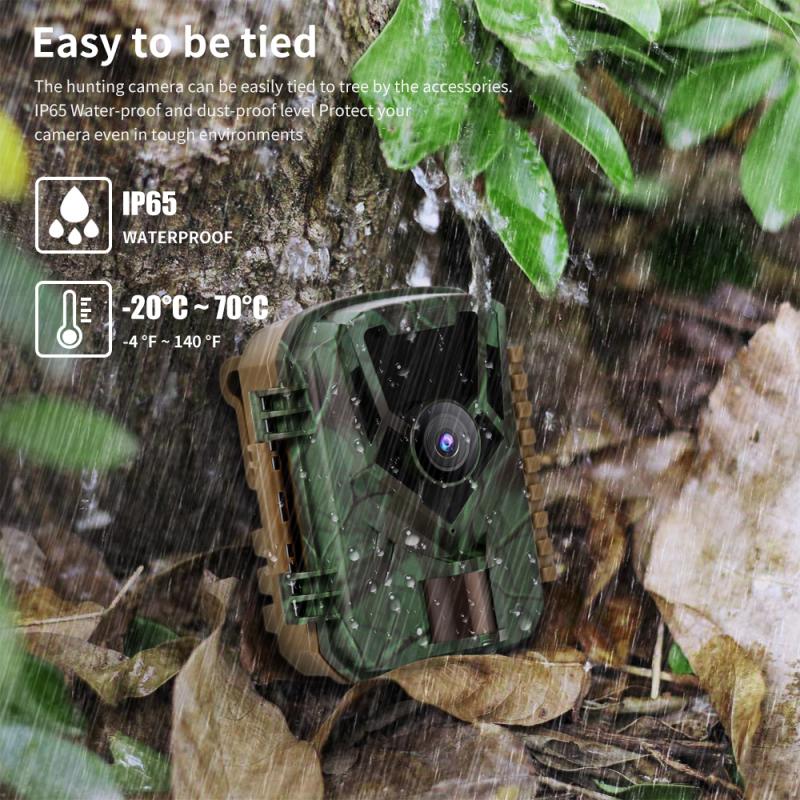
4、 Thermal Imaging Technology
Unfortunately, it is not possible to convert a regular camcorder into a night vision device using thermal imaging technology. Thermal imaging technology works by detecting the heat signatures emitted by objects and converting them into visible images. This requires specialized sensors and processing capabilities that are not present in a regular camcorder.
However, there are some options available for those looking to capture footage in low light or nighttime conditions. One option is to use a camcorder with a low-light or night vision mode. These modes typically use infrared light to illuminate the scene and capture footage in near-total darkness. Another option is to use an external infrared illuminator, which can be attached to the camcorder and provide additional light for nighttime recording.
It is important to note that while these options can improve low-light and nighttime recording capabilities, they are not equivalent to true thermal imaging technology. Thermal imaging can provide detailed information about temperature differences and is used in a variety of applications, including military, law enforcement, and industrial settings. However, it is also a specialized and expensive technology that may not be practical or necessary for most consumer-level camcorder applications.
